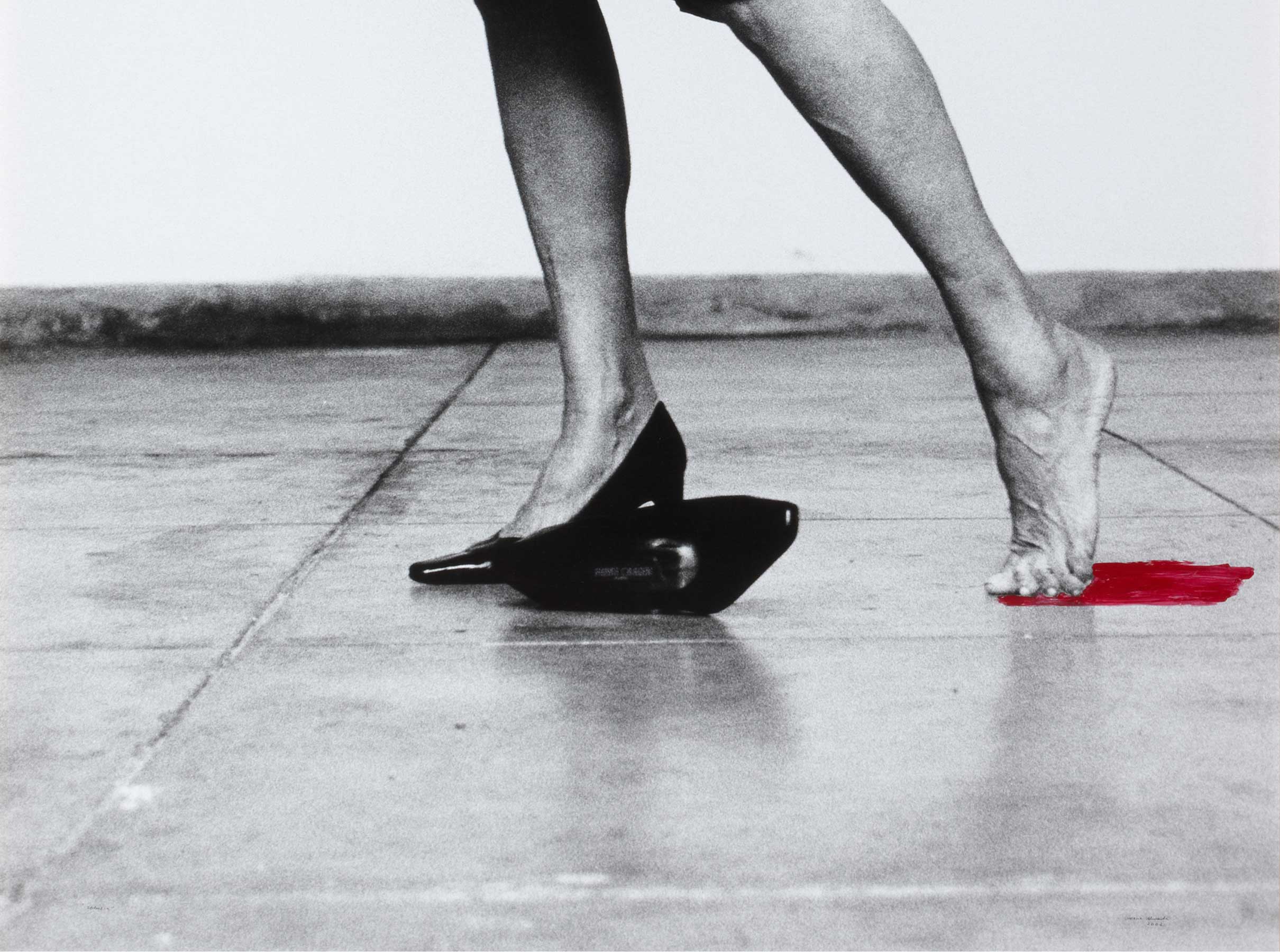Rondó de Trakl
- 1992
- Vinyl and oil on canvas affixed to wood
- 202,5 x 200,5 x 4 cm
- Cat. P_519
- Acquired in 1993
The Banco de España has a considerable number of paintings by Santiago Serrano (born in Toledo but now living in Madrid), with works dating from each of the four decades from the 1970s to the 2000s. The majority, however, are from one of the peak moments in his career, during the 1980s.
Three paintings by Serrano were shown in the exhibition 'Imágenes de la abstracción' ['Images of Abstraction'], organised by Caja Madrid. These were Del amarillo [Of Yellow] painted in 1971, the triptych Propac, and a piece from the Banco de España Collection entitled Nona gris (1989). The latter is a giant clepsydra, with the subject taken out of the flat painting and leant against the diptych which rests on the wall and floor. The elegant palette of sombre tones used in this work is in line with his previous work. Three years later, Serrano made another painting that showed minimalist sculptural tendencies. Rondó de Trakl (1992) is a fragment of a large wooden spiral lined with fabric, which he nonetheless calls a painting.
Other works by Santiago Serrano

